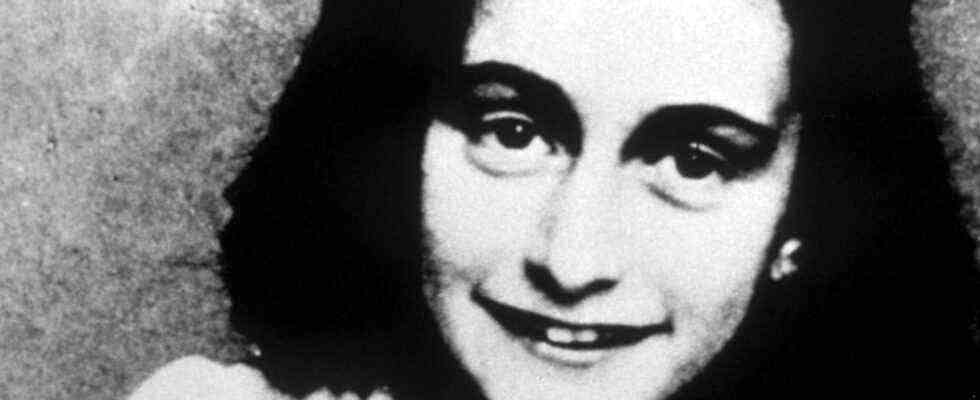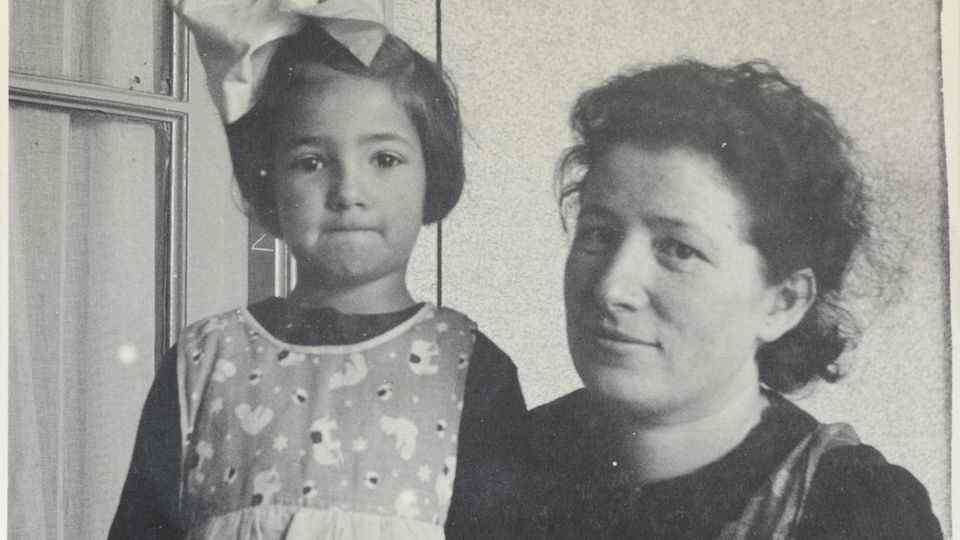mysteries of world literature
Jewish notary allegedly gave away Anne Frank’s hiding place to the Nazis
Her diary belongs to the canon of world literature: Anne Frank
© Picture Alliance
For a long time it was a mystery of history: Who revealed the hiding place of Anne Frank and her Jewish family in an Amsterdam back building? A cold case team comes up with a surprising answer.
It is probably one of the most touching works in world literature: “The Diary of Anne Frank” brought millions of young girls into contact with the topics of the Holocaust and the Nazi dictatorship for the first time. But to this day it remains largely unclear who betrayed the hiding place of Anne and her Jewish family to the Nazis. An international cold-case team of scientists has investigated this question and has now presented the results of its years of investigation to the Dutch media. Accordingly, the Frank family was apparently betrayed by a Jewish notary, who wanted to save the life of his own family.
For two years, the Frank family and four other Jews lived in hiding from the German Nazis in the Secret Annex in Amsterdam. But on August 4, 1944, an SS commando stormed the house. For more than five years, the international cold case team (a “cold case” is an unsolved, i.e. “cold” criminal case from the past) has been investigating the question: How did the hiding place at Prinsengracht 263 become known? Was it coincidence? Was it treason?
Around 30 theories in the Anne Frank case checked
“We checked about 30 theories in total,” said journalist Pieter van Twisk, one of the leaders of the investigation. “We can say that 27, 28 of them were very unlikely to impossible.”
The most likely answer is that notary Arnold van den Bergh handed the German occupiers a list of where Jews were hiding in Amsterdam in order to protect his own family from deportation. And the Secret Annex, where Anne Frank (1929-1945) wrote her now world-famous diary, was also on this list. All residents were deported to concentration camps. Anne died in Bergen Belsen concentration camp in 1945, she was 15 years old. Only her father Otto survived.
The investigators rely primarily on a copy of an anonymous letter that Otto Frank received in 1946. It contains the name of the notary. The original of the letter has disappeared, but the team found a copy in the Amsterdam City Archives.
At the time, the notary was a member of the Jewish Council, so he had many contacts and was initially protected from deportation. However, in 1944 this protection ceased and he, his wife and their three daughters were also threatened with deportation. The family survived.
“The only bad guys were the Nazis”
None of the investigators want to pass judgment on the notary. “The only bad guys were the Nazis,” said former FBI agent Vince Pankoke, who was instrumental in the investigation. “Without them none of this would have happened.”
The Anne Frank Foundation also warns against drawing conclusions too quickly. Director Ronald Leopold told radio station NPO1: “You have to be very careful before writing someone down in history as a traitor to Anne Frank if you’re not 100 or 200 percent sure.” Leopold praised the “very good and careful examination”. But important questions are still open: Who wrote the anonymous letter and with what intention?
For former FBI agent Pankoke, this was one of the toughest cases of his career, he said. “This was not a cold case, this case was frozen.” Witnesses had long since died, important documents could not be found. The team used state-of-the-art techniques and methods. For example, a gigantic amount of data was combed through with artificial intelligence.
However, 77 years after the end of the war, there is still no certainty, admitted investigator Pankoke. “But our theory has a probability of more than 85 percent.”



